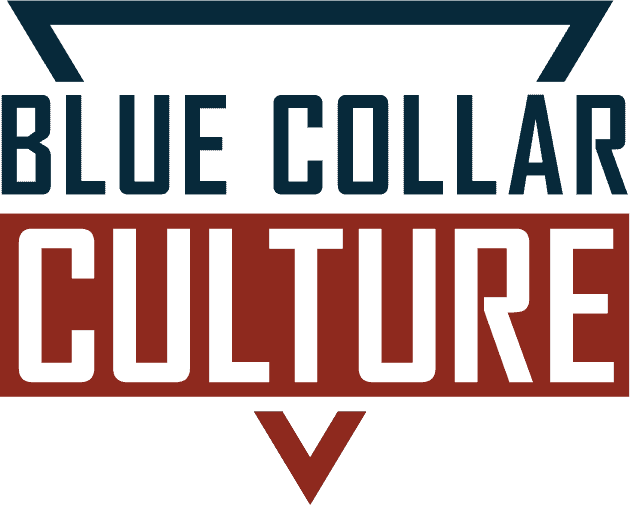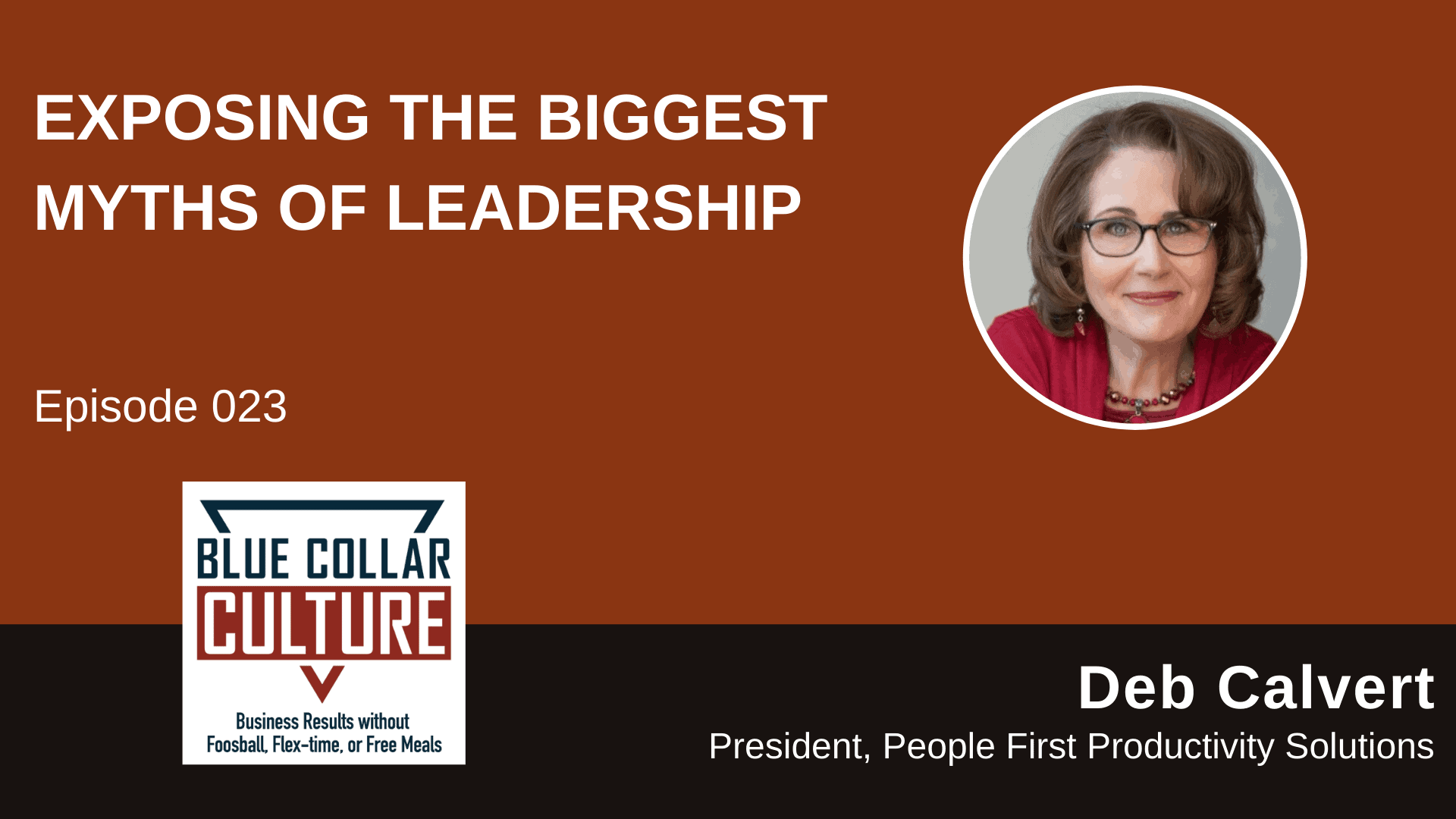If, as a business leader, you feel “lonely at the top,” you’re going about it all wrong, says Deb Calvert, who helps companies with leadership and sales training, as well as creating more effective teams. If you become friends with your employees… you’ve gone too far the other way.
Deb offers a middle ground that makes people more productive and your business more successful.
It’s a strategy that incentivizes employees to work hard and in the right direction… without having to be told.
We unpack that in detail and also discuss…
- How to motivate people without money (it starts with finding the right people)
- The difference between managing work and leading people
- A process for boosting recruitment and retention (plus productivity and customer satisfaction)
- The best way to show your employees you care – what that means and why it’s important
- And more
Listen now…
Mentioned in this episode:
- People First Productivity Solutions’ Site
- How to Be the Supervisor Everyone Wants to Work For (code for free copy of this book: CODE)
- People First Productivity Solutions LinkedIn profile
- People First Productivity Solutions YouTube Channel

